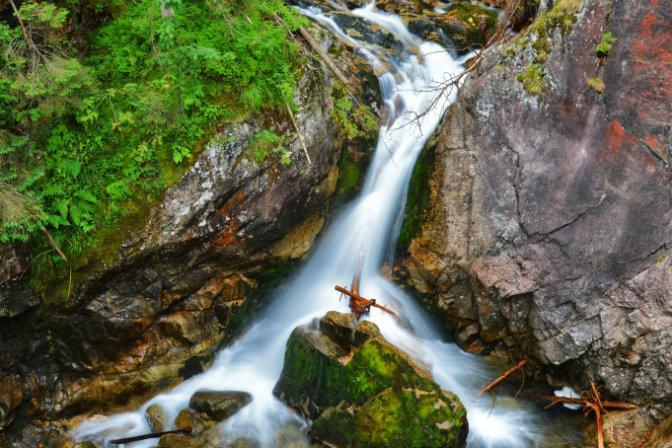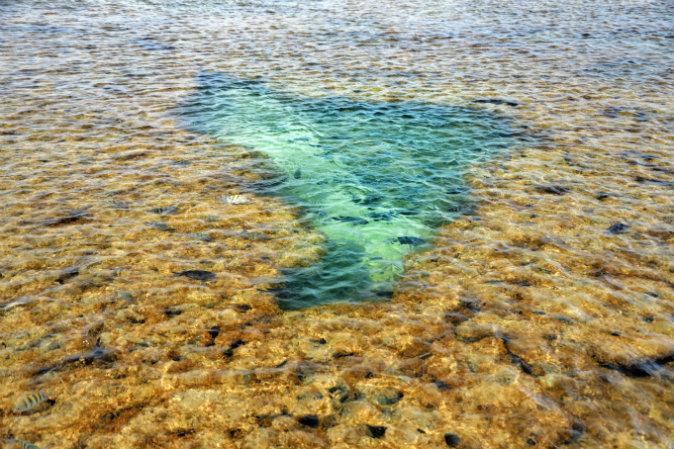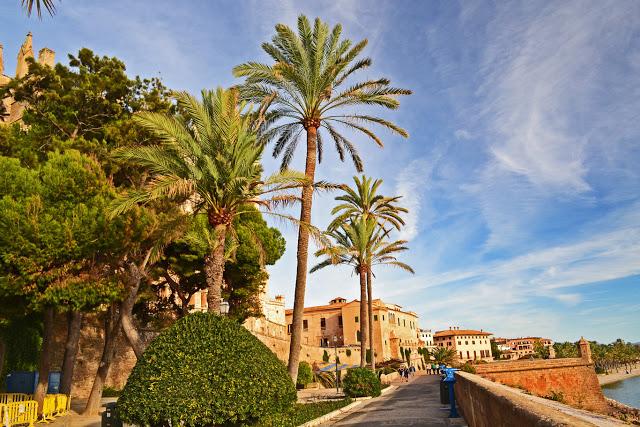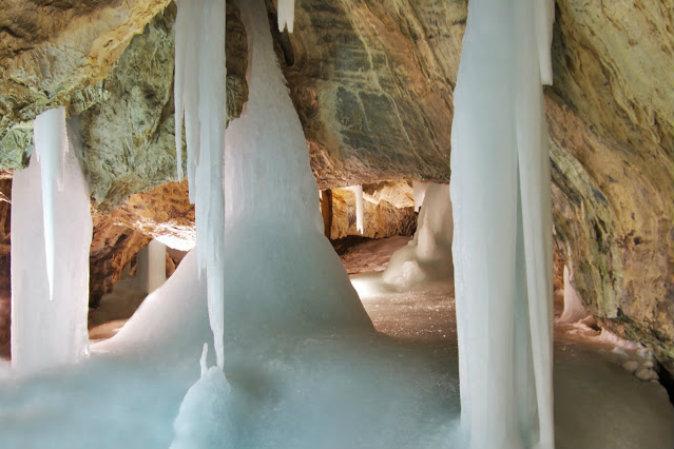Zakopane is the winter capital of Poland and also one of the country’s most popular resort towns in the summer. Due to proximity of Krakow, the ancient Polish capital, which, after Schengen Agreement suddenly became a popular tourist destination, Zakopane has also seen a considerable rise in foreign visitors for the last couple of years.
Most of people come to Zakopane for its charm, typical for the region wooden architecture with pointed roofs, Krupowki Street with many international stores, and, of course the Tatra Mountains. The best, and easiest way to enjoy the views is to get on the funicular that will take you to the top of the nearby hill, Gubalowka. There, you can enjoy some local, hand made craft items as well as delicious food while admiring the surrounding, snowy peaks. I will write a separate article about the town itself in the future, in this post I would like to focus on both: probably the most beautiful (and popular) place in the region: Morskie Oko lake, and the less visited, however, in my opinion, even greater Czarny Staw lake.
Morskie Oko






